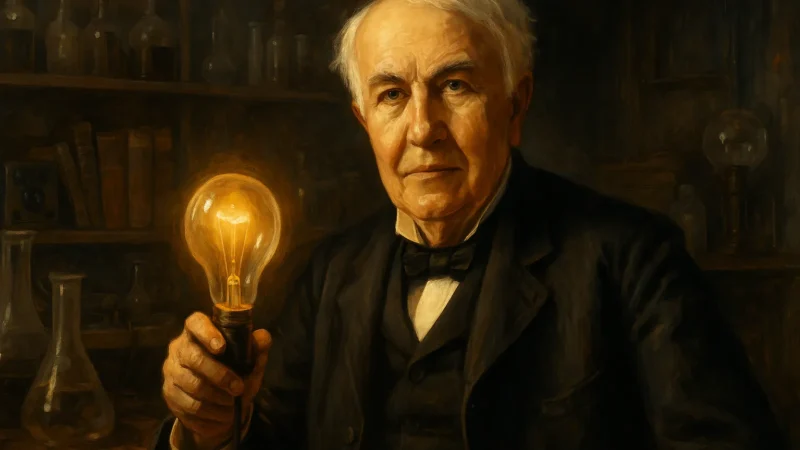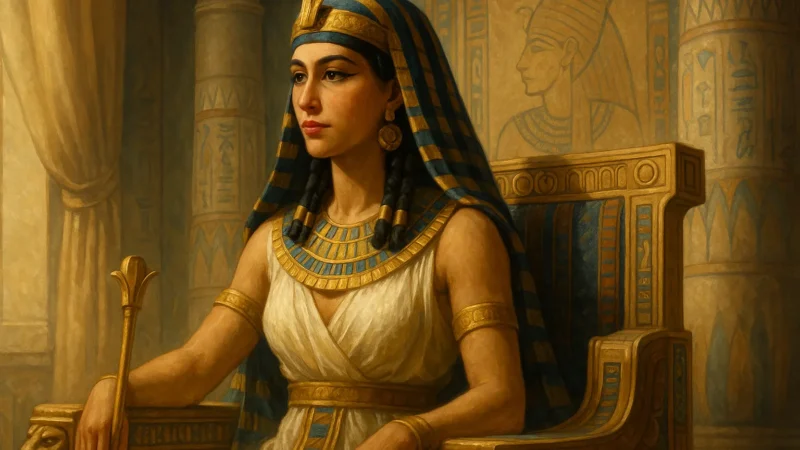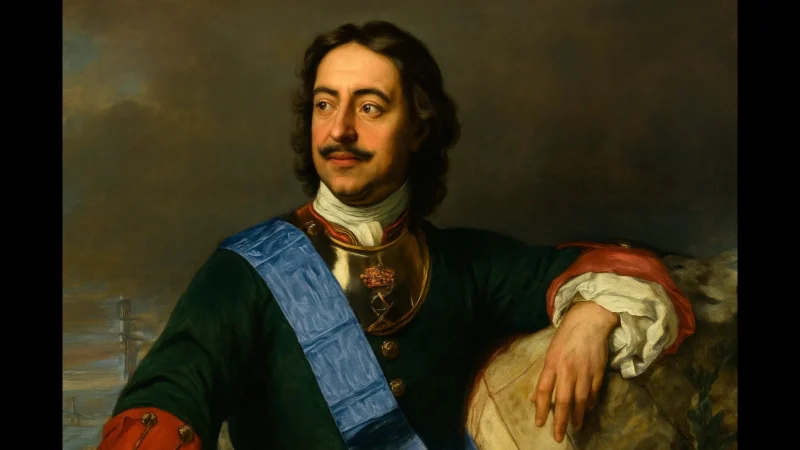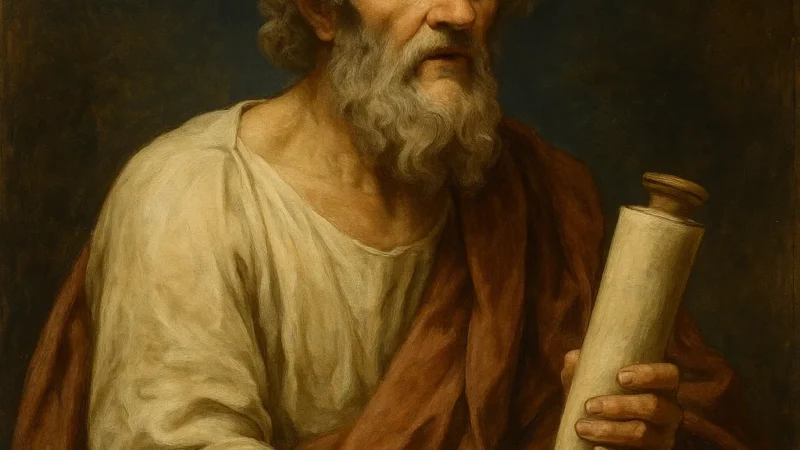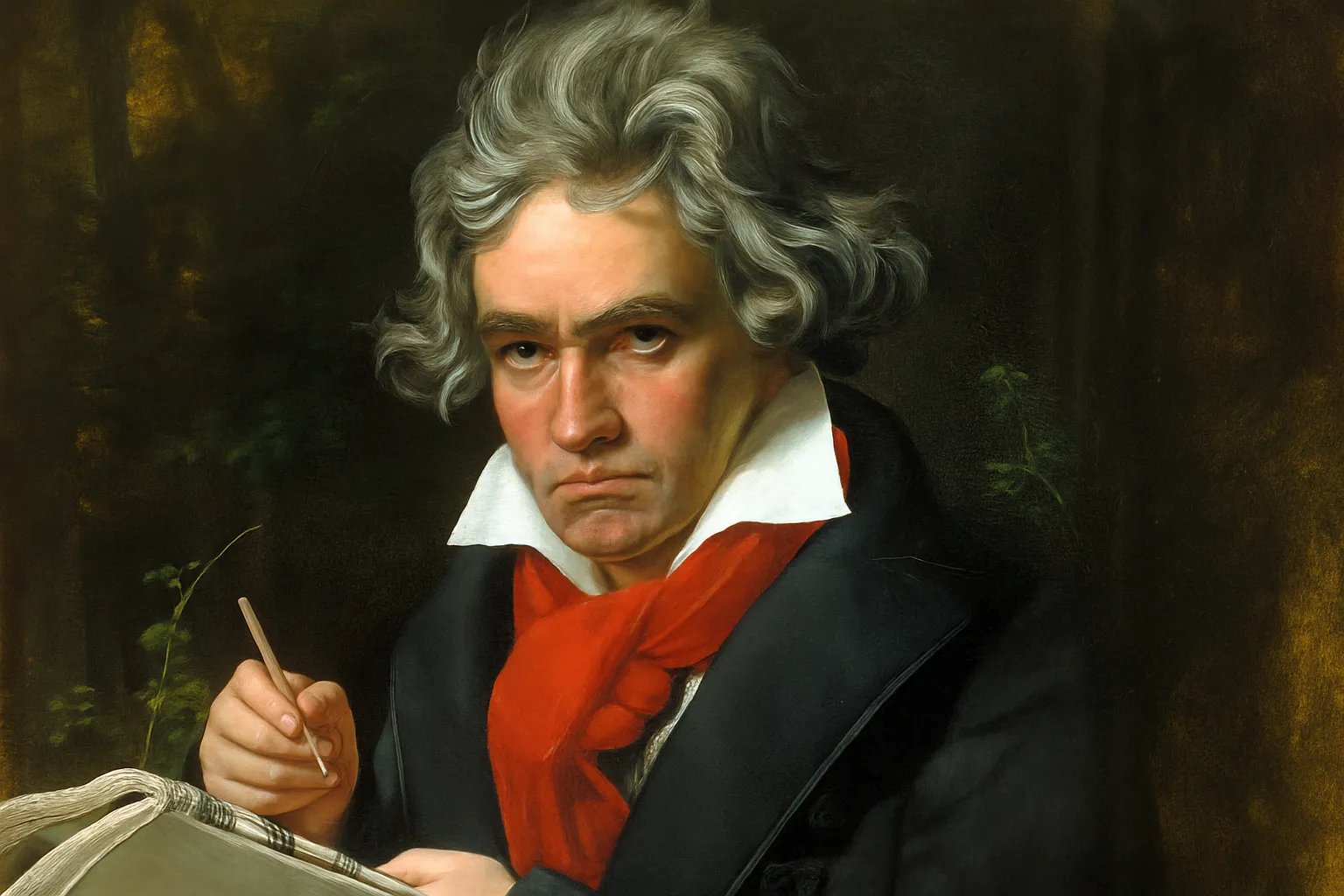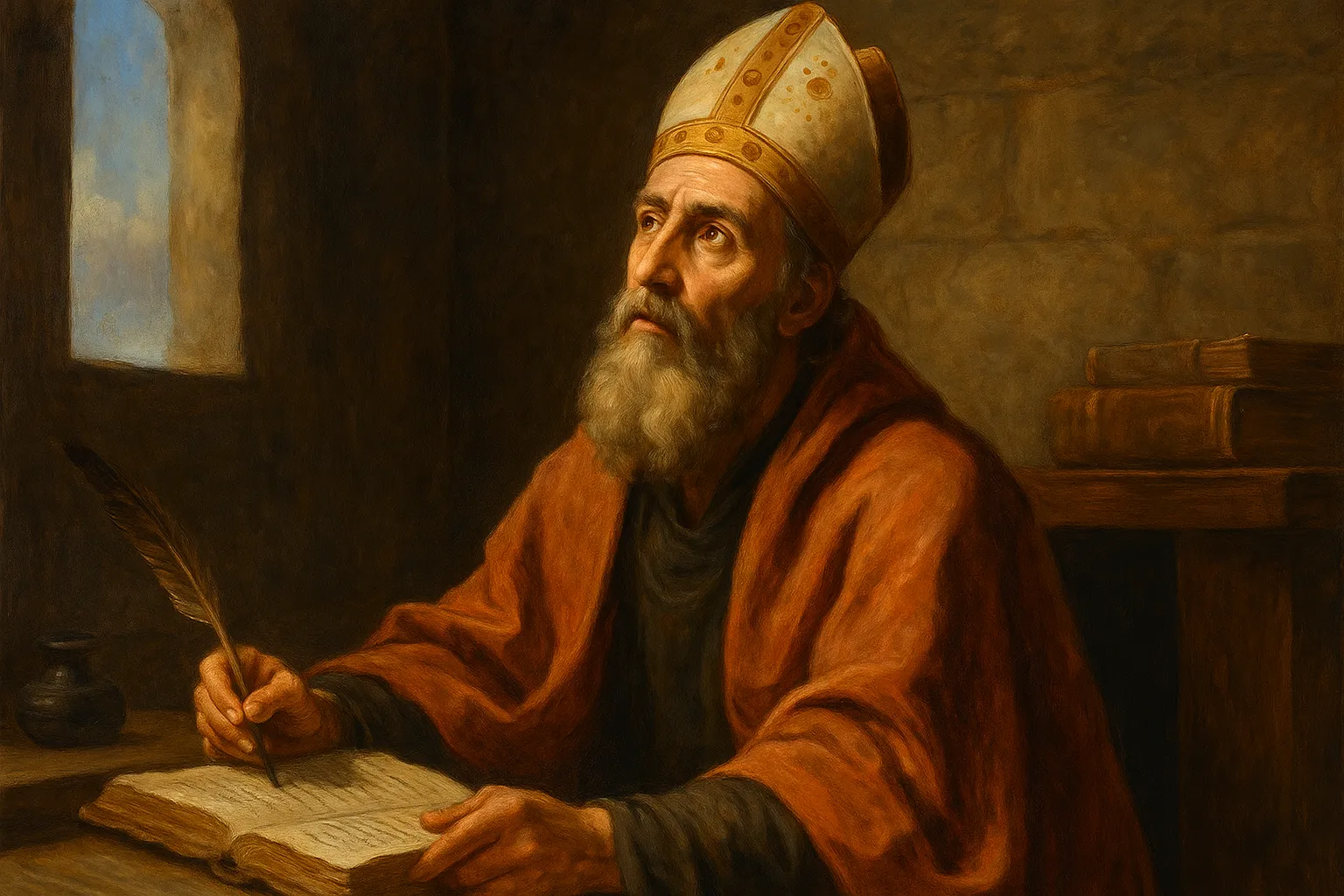Leonardo da Vinci: The Universal Genius of the Renaissance

Leonardo da Vinci, born on April 15, 1452, in the small town of Vinci, in the Italian region of Tuscany, is undoubtedly one of the greatest geniuses who ever lived. An artist, inventor, engineer, anatomist, musician, and scientist, his insatiable curiosity and interdisciplinary approach made him a prototype of the Renaissance man. Throughout his life, Leonardo demonstrated an exceptional ability to unite art with science, allowing him to make fundamental contributions in a variety of fields.
Although he is primarily recognized for his groundbreaking paintings such as The Mona Lisa and The Last Supper, Leonardo also left a profound mark on science, engineering, and anatomy. His legacy lives on today not only in his masterpieces, but also in his notebooks, filled with ideas and designs that anticipated technological advances centuries before his time. Through his work, Leonardo transformed the frontiers of human knowledge, becoming a symbol of creativity and innovation.
Early Years: The Origin of a Genius
Leonardo di ser Piero da Vinci was born during a time of great upheaval and change in Italy, when the Renaissance was beginning to flourish. He was born into a middle-class family, but he was not a legitimate child, which meant that he did not receive a typical formal education. His mother, Caterina, was a peasant, while his father, Ser Piero, was a respected notary.
From a young age, Leonardo showed a remarkable talent for drawing, which allowed him to begin studying in the workshop of painter and sculptor Andrea del Verrocchio in Florence at the age of 14. Verrocchio was one of the most renowned artists of the time, and under his tutelage, Leonardo began to hone his skills as a painter, but he was also introduced to the scientific principles of observation and analysis.
Florence, at that time, was a cultural center of Europe and the ideal place for Leonardo to develop his artistic genius. During his time in Verrocchio’s workshop, he had the opportunity to work on a variety of projects, from religious paintings to sculptures, where he demonstrated his skill in both pictorial art and sculpture.
The First Stage of His Artistic Career: Early Works and Recognition
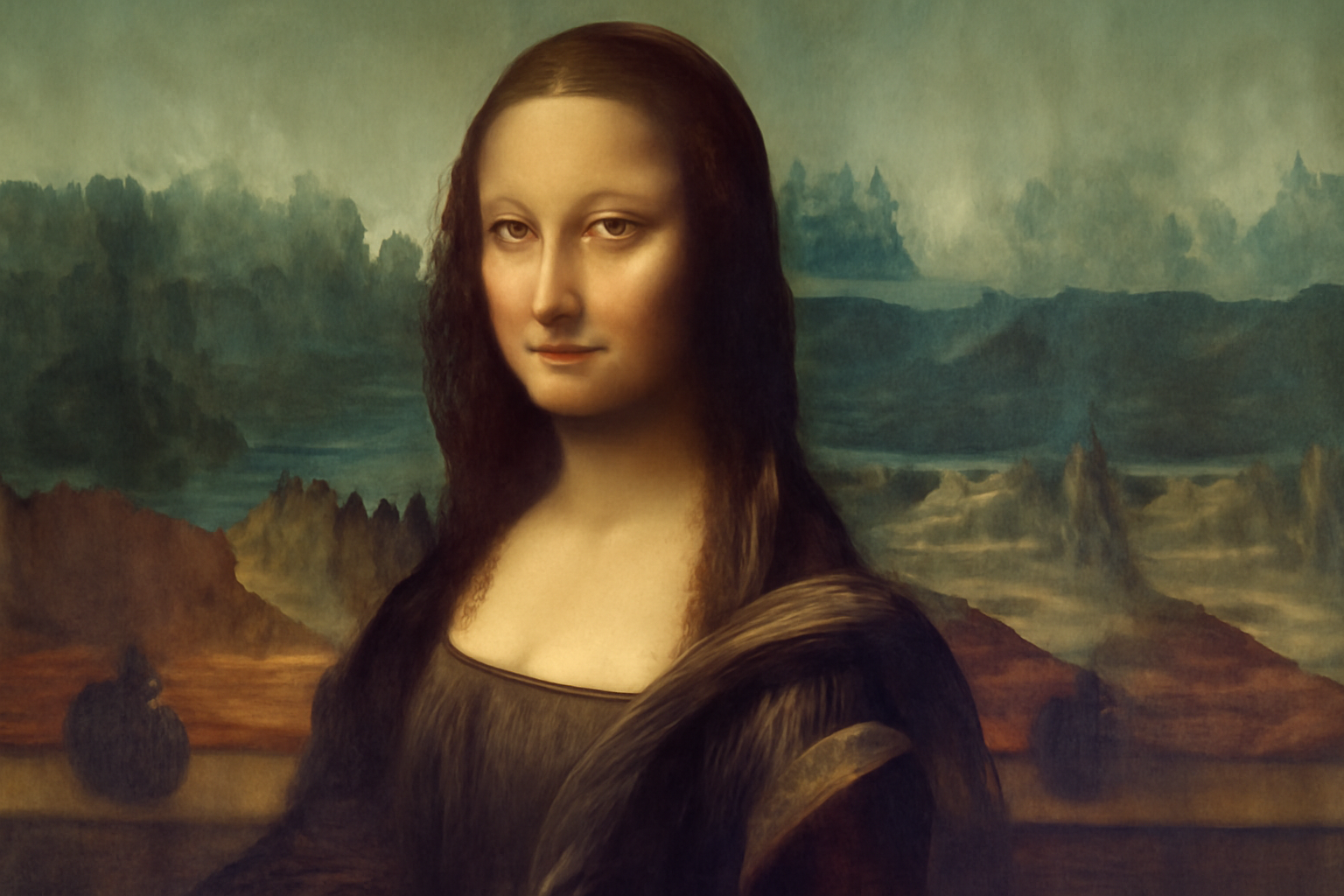
In 1472, at the age of 20, Leonardo joined the Florentine painters’ guild, known as the Compagnia di San Luca, which allowed him to start working on his own. Among his first important works are several religious paintings, such as The Adoration of the Magi, and his participation in the creation of Saint John the Baptist, a work that would demonstrate his innovative approaches to chiaroscuro and realism.
However, it was in 1482 that Leonardo da Vinci moved to Milan to work at the court of Duke Ludovico Sforza. During this period, Leonardo devoted himself not only to painting, but also to various engineering, architectural, and cartographic projects. In Milan, the work that truly brought him worldwide fame was The Last Supper (1495-1498), a mural in the convent of Santa Maria delle Grazie. This work, which depicts the moment when Jesus announces that one of his disciples will betray him, is one of the most studied paintings in the history of art. The use of perspective and the capture of human emotions in the characters changed forever the way religious scenes were represented.
Science and Anatomy: A Relentless Study of Nature
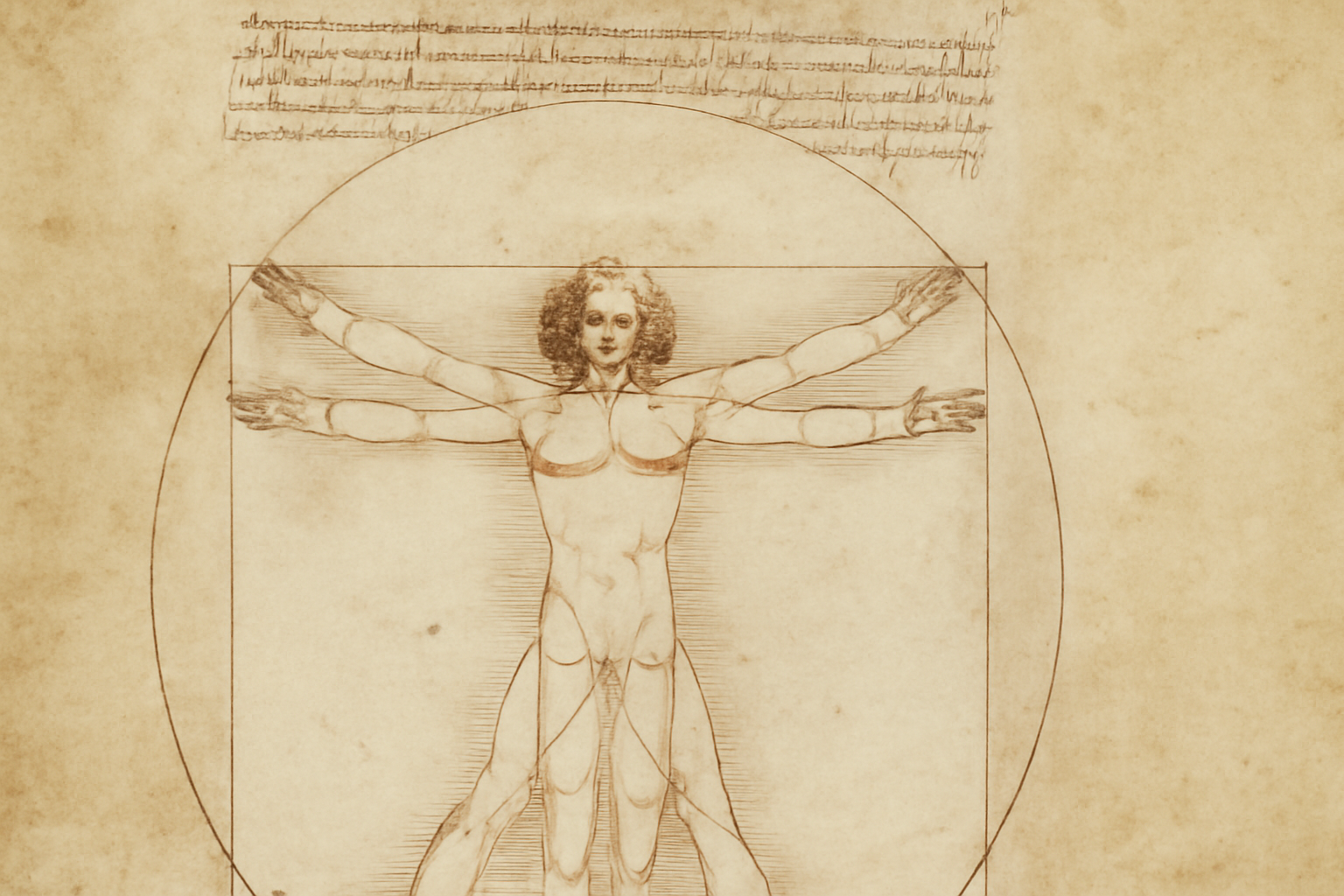
Although painting occupied much of Leonardo’s life, his true passion was understanding the natural world. His scientific research went far beyond the expectations of his time. Human anatomy was one of his main areas of study, and his detailed illustrations of corpses and organs were fundamental to modern medicine.
Leonardo performed secret dissections of corpses, seeking to understand the structure of the human body as accurately as possible. His detailed studies of muscles, bones, tendons, and internal organs, although not recognized in his time, were the basis for advances in human anatomy centuries later. His famous drawing of The Vitruvian Man, showing the ideal proportions of the human body, remains one of the most iconic symbols of the Renaissance.
Leonardo was also a pioneer in other scientific fields, such as optics, hydrodynamics, and mechanics. His studies of light and shadow allowed him to innovate in painting, while his research on the flow of water influenced hydraulic engineering. In fact, many of his ideas on fluid motion and mechanics would be fundamental to technological advances that would emerge centuries later.
Inventions and Engineering: Ideas for the Future
One of the most fascinating aspects of Leonardo da Vinci’s life is his ability to dream about the future. Throughout his life, Leonardo designed hundreds of machines and inventions that were ahead of his time. From the helicopter to the war tank, his notebooks contain revolutionary ideas that would not be possible until centuries later.
Among his best-known designs are the airplane, the parachute, the submarine, and the bicycle. Although most of these inventions were never built in his lifetime, his sketches demonstrate a vision ahead of his time and a deep understanding of engineering. His studies on flight, in particular, were remarkable, as he accurately described how birds flew and how this phenomenon could be replicated in machines heavier than air.
The Last Stage of His Life: France and the Immortal Legacy
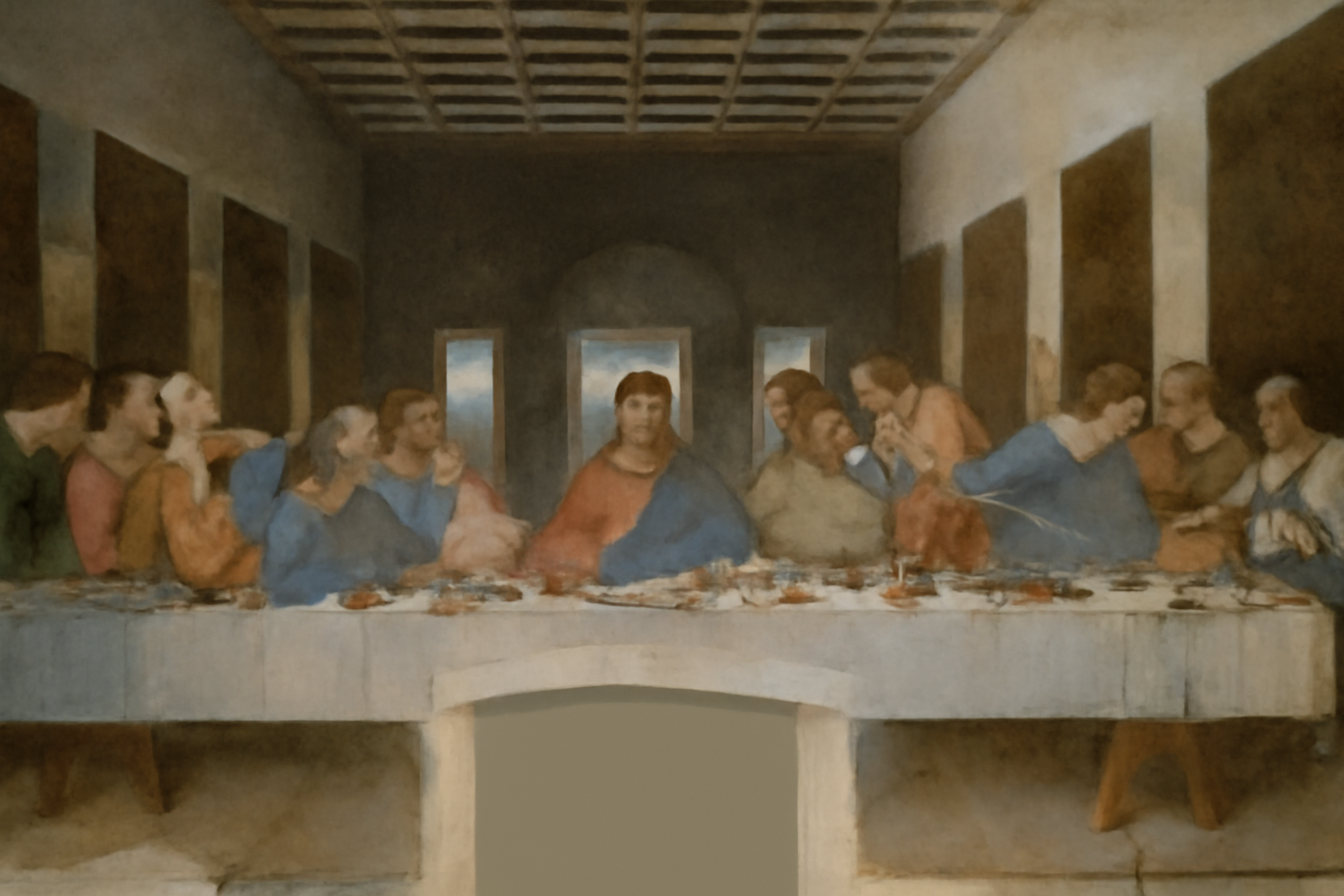
After working in Italy for several decades, Leonardo moved to France in 1516, invited by King Francis I. The king welcomed him with great honor, offering him a residence at the Château du Clos Lucé, near Amboise, where Leonardo spent his final years. During this time, Leonardo continued his studies and worked on various projects for the French court.
Although his health began to decline, Leonardo remained productive until his death in 1519, at the age of 67. On his deathbed, it is said that King Francis I was at his side, a sign of the deep respect Leonardo had earned at the French court.
Throughout his life, Leonardo was known for his thirst for knowledge and his desire to learn. He was a man whose mind encompassed both art and science, and his legacy has endured for more than five centuries. The Renaissance would not be the same without him, and his influence lives on in art, science, engineering, and modern culture.
An Immortal Legacy
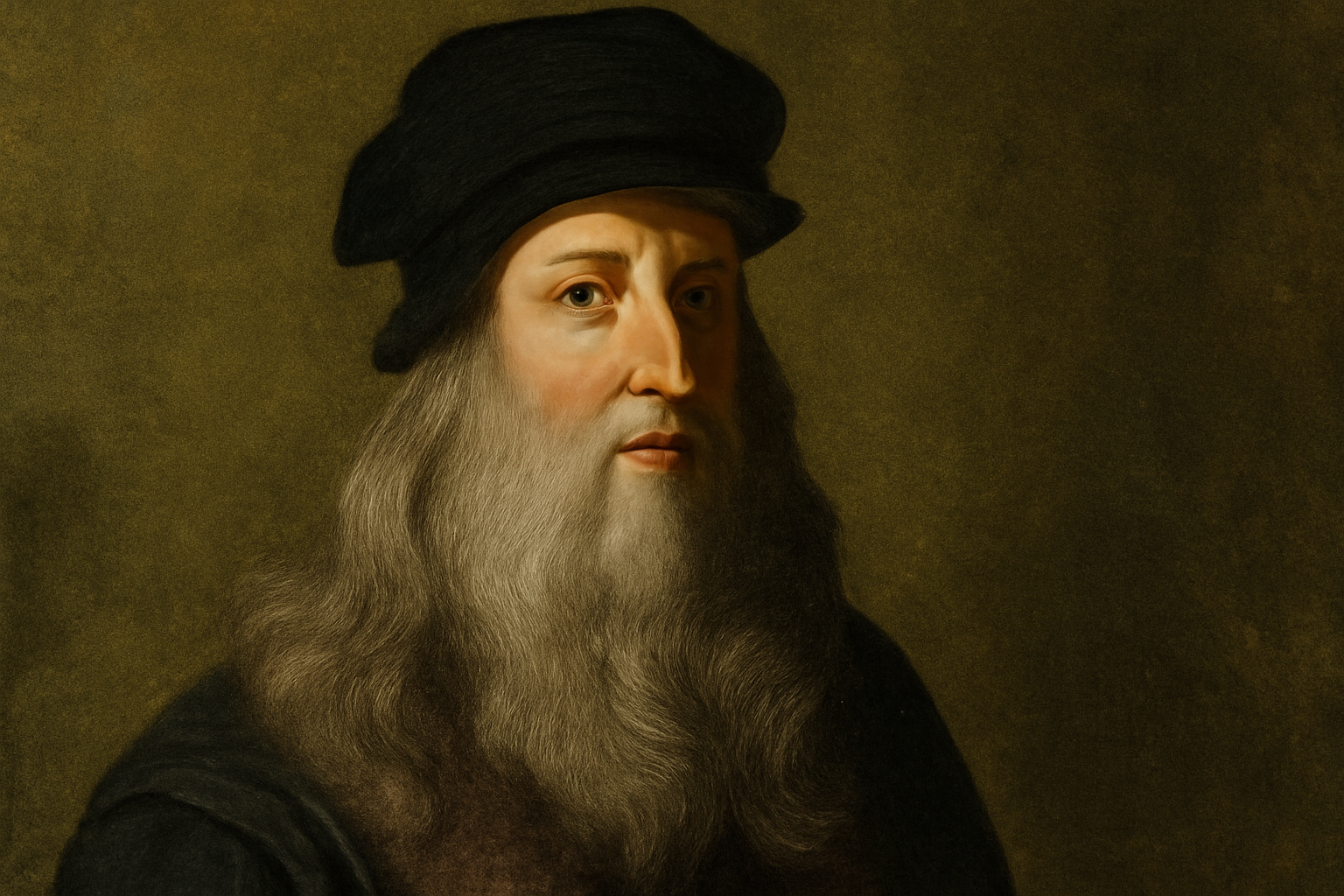
Leonardo da Vinci is the epitome of the Renaissance man: a genius whose curiosity and creativity spanned an astonishing variety of fields. His paintings, such as The Mona Lisa and The Last Supper, continue to be sources of inspiration and study today, but his legacy also transcends art. His scientific research, inventions, and way of seeing the world as a unified whole have made him a symbol of human intelligence and the possibility of reaching new frontiers of knowledge.
Today, Leonardo da Vinci remains a benchmark for creativity and genius, whose legacy continues to challenge the limits of what is possible.

